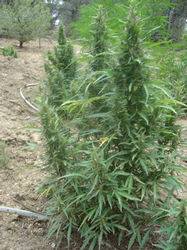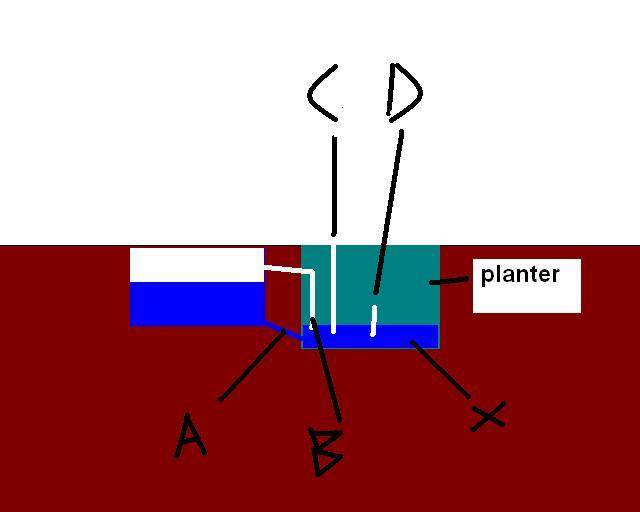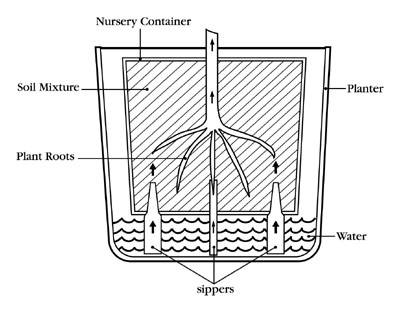i was thinking of something like that. but in my mind i made it differently. an airtight container (or a bottle) would hold the water and have a tube (let's name it A) that will let water inside a part of the planter that is for holding water (let's name it X). another tube (let's name it B) would go into the bottle and to the X part. when the water level is low enough for the air to get into the B tube, air will get into the bottle and water will come through tube A into X.

what do you think?
what do you think?





 . midsummer hail and fierce winds accompany the rain... In order to successfully trap the water, the tarp cant be thrashing around in the wind..I must devise a way to keep the tarp stable in the wind. I thought of reinforceing it with chickenwire, but that would force me to make a bunch of holes in the tarp so I can ziptie it to the chickenwire..
. midsummer hail and fierce winds accompany the rain... In order to successfully trap the water, the tarp cant be thrashing around in the wind..I must devise a way to keep the tarp stable in the wind. I thought of reinforceing it with chickenwire, but that would force me to make a bunch of holes in the tarp so I can ziptie it to the chickenwire.. 
